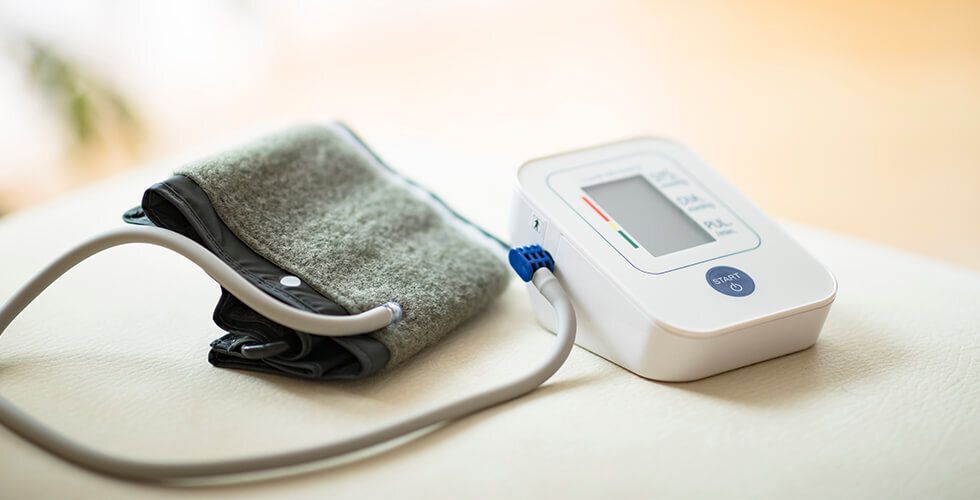
Vitamin D supports several essential functions in the body, including bone health, immune defense, and muscle function. Recent studies have investigated whether it also affects blood pressure, with mixed findings.
Research has shown that individuals with low vitamin D levels tend to have higher blood pressure. This led scientists to investigate whether supplementing with vitamin D could help lower it. Some clinical trials have found modest improvements in blood pressure among participants taking vitamin D, while others have shown no significant effect.
The most consistent benefits are observed in individuals who are both vitamin D deficient and already have high blood pressure. In such cases, supplementing with vitamin D may play a small, supportive role in managing hypertension, especially when combined with lifestyle changes, such as a balanced diet, regular physical activity, and prescribed medications. Older adults, in particular, may see more noticeable benefits.
How much vitamin D should you take? It varies by age and individual needs. General recommendations are:
- Infants (0–12 months): 400 IU daily
- Children and adults (1–70 years): 600 IU daily
- Adults over 70: 800 IU daily
However, some people—especially those with limited sun exposure, darker skin, or certain health conditions—may need more. Many experts suggest 1,000–2,000 IU per day for these groups. In clinical studies on blood pressure, doses ranged from 800 to 4,000 IU per day, though higher doses haven’t always resulted in better outcomes.
To determine the right amount for you, consult your healthcare provider. A simple blood test can assess your vitamin D levels and guide your supplementation plan. While vitamin D may offer mild support for blood pressure control, it’s most effective when part of a broader health strategy.

